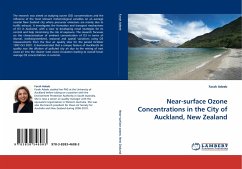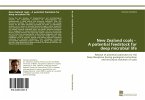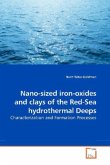The headland at Raglan, New Zealand is well known as a world class surfing headland, and provides a unique study site to understand the mechanism for sustaining a sandy seabed at the headland. The consistent waves generate shoreward currents that would be expected to transport sand from the headland in potentially large net sediment fluxes that occur during significant swell events. A very limited amount of literature currently exists on this topic, and the book provides results of one of the most comprehensive investigations ever undertaken throughout the world. The work has included an extensive review of existing literature, field studies, seabed characteristics, sediment transport analysis, and numerical modelling. This book should be particularly useful to both academics and scientists in the area of oceanography, coastal science and artificial surfing reefs, as well as coastal engineers and planners who are responsible for determining policy and solutions for coastal management issues. Also, surfers will be particularly interested in understanding why such high quality waves exist at Raglan and other similar large-scale surfing headlands throughout the world.
Bitte wählen Sie Ihr Anliegen aus.
Rechnungen
Retourenschein anfordern
Bestellstatus
Storno








